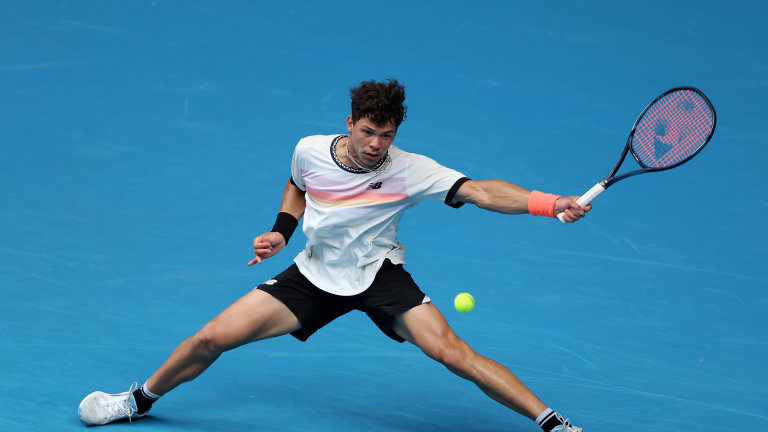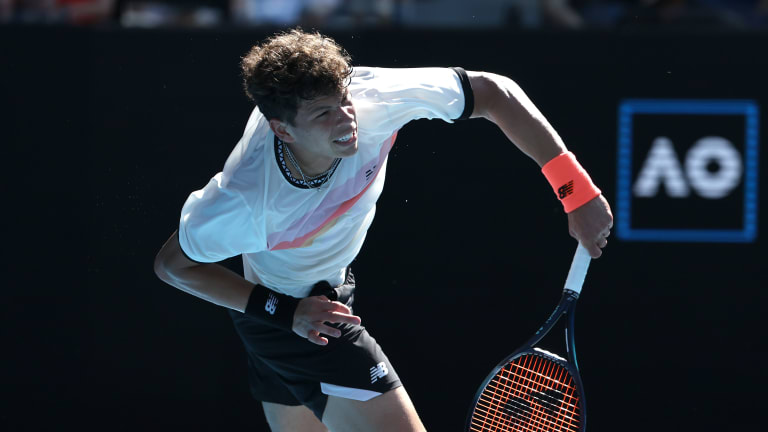Clay is months away, but Ben Shelton is ready
By Feb 07, 2023ATP Munich, Germany
Alexander Zverev needed a win like his 'close one' against Tallon Griekspoor in Munich
By Apr 18, 2025ATP Munich, Germany
Ben Shelton uses altitude to his advantage, joins Alexander Zverev in Munich quarterfinals
By Apr 16, 2025Lifestyle
Thorne taps Ben Shelton to launch new on-the-go performance line
By Apr 16, 2025ATP Munich, Germany
Ben Shelton: European football's newest superfan? Lefty making most of Munich debut
By Apr 15, 2025Social
Andrea Vavassori cites rib injury for Barcelona withdrawal after Monte Carlo scuffle with Ben Shelton
By Apr 11, 2025Social
Watch Ben Shelton recreate viral '4 a.m. morning routine' in hilarious fashion
By Apr 09, 2025Tennis.com Interview
Brad Gilbert, Patrick McEnroe weigh in on U.S. men's tennis evolution
By Apr 05, 2025WTA Charleston, USA
Week in Preview: 2025 clay swing begins in Charleston, Houston
By Mar 31, 2025Lifestyle
Joao Fonseca and Ben Shelton star at On Clubhouse Nights Miami
By Mar 24, 2025Clay is months away, but Ben Shelton is ready
“There’s this sense of ‘I love playing on clay’ with these guys,” David Nainkin says of the young American crop.
Published Feb 07, 2023
Advertising
Advertising

“With that bomb of a serve and his excellent movement, Shelton could be very interesting on clay,” says Brad Gilbert.
© Getty Images
Advertising

“There’s this sense of ‘I love playing on clay’ with these guys,” says USTA Player Development Lead National Coach David Nainkin.
© Getty Images
Advertising

Always Playing: Pickleballtv
The 24-hour channel of America’s fastest growing sport now has an app.